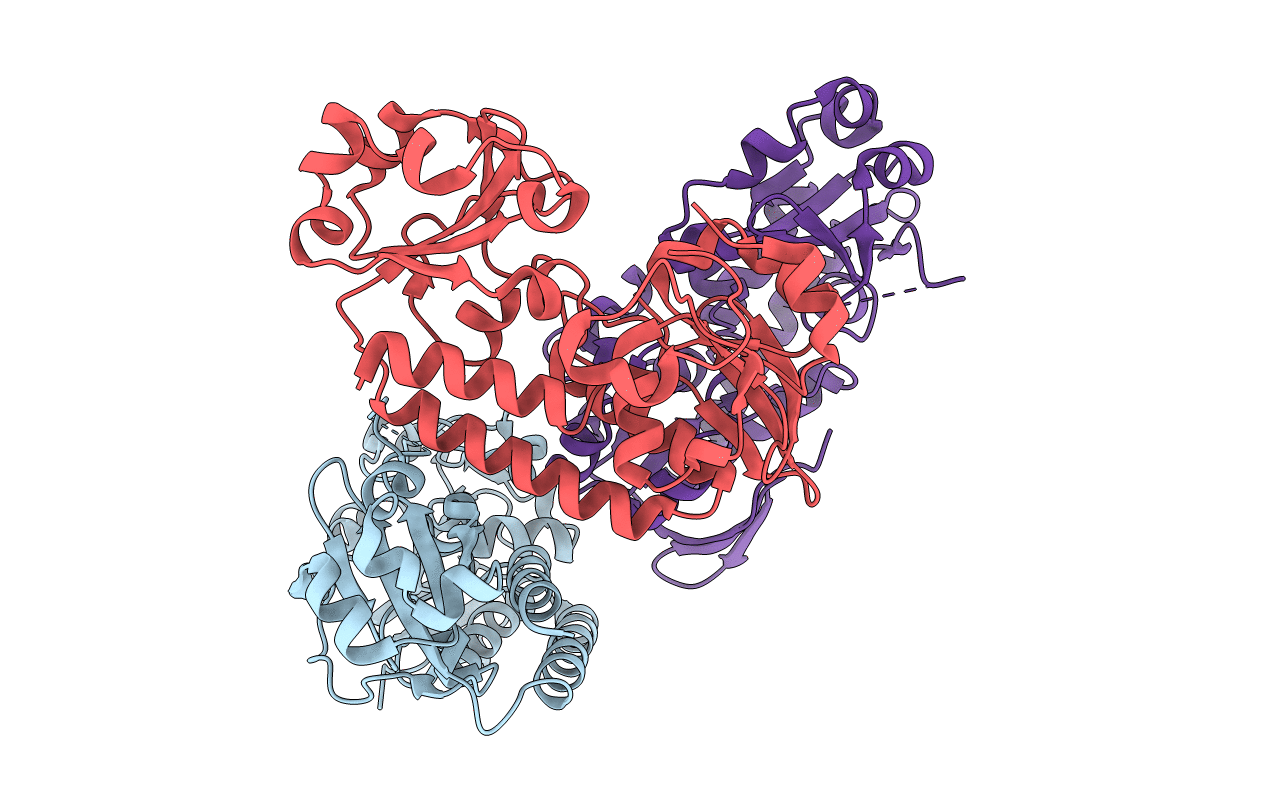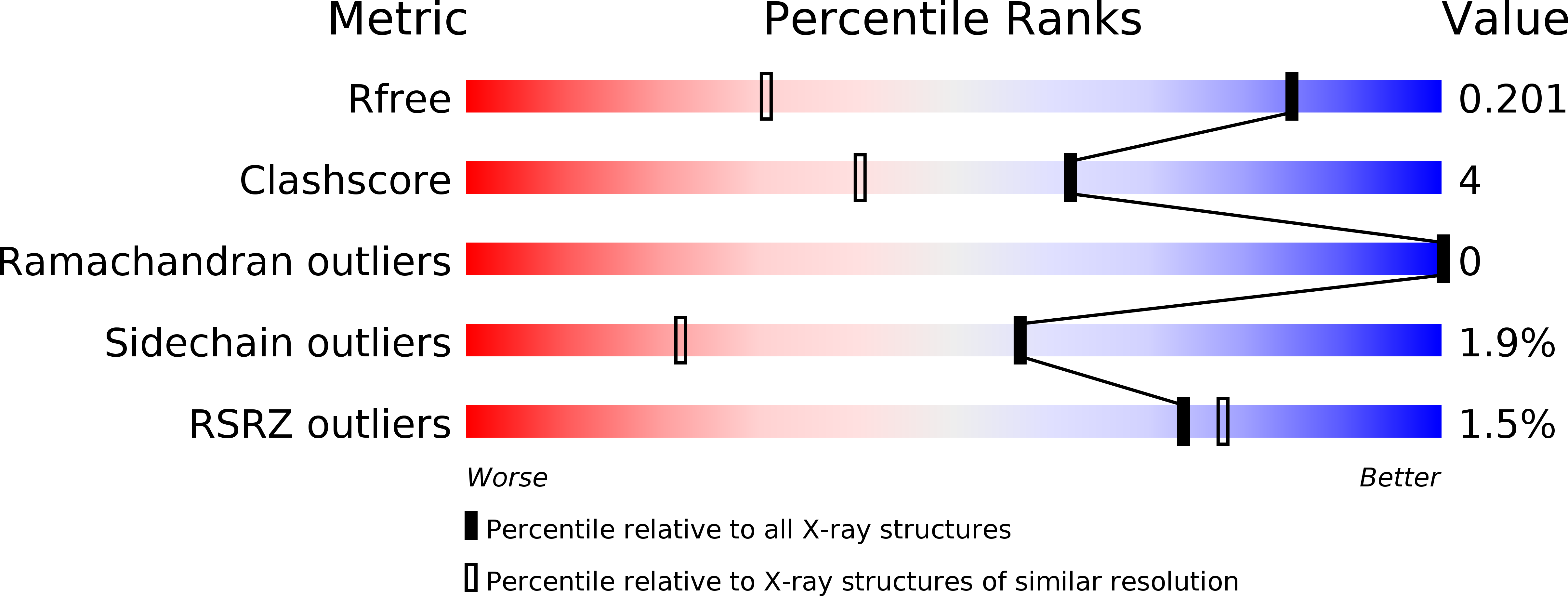
Deposition Date
2016-11-08
Release Date
2017-04-12
Last Version Date
2024-01-17
Entry Detail
PDB ID:
5MBQ
Keywords:
Title:
CeuE (H227A variant) a periplasmic protein from Campylobacter jejuni
Biological Source:
Source Organism:
Campylobacter jejuni (Taxon ID: 197)
Host Organism:
Method Details:
Experimental Method:
Resolution:
1.33 Å
R-Value Free:
0.19
R-Value Work:
0.14
R-Value Observed:
0.15
Space Group:
P 1


